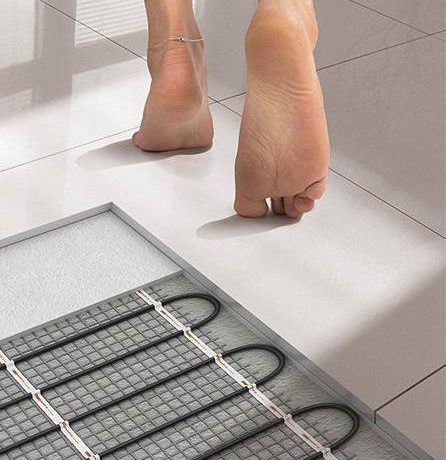The type of window glazing and window frame you choose can have a big difference on your comfort levels and energy bills, in addition to contributing to the overall appearance of your house. Double glazing can greatly improve the overall sound and insulation qualities of your home, among other benefits. However, there are other considerations that need to be factored into your decision making.

Naturally, salt is going to collect on windows nearer to the ocean
The amount and positioning of your glazing should be determined by the environment your house is situated in. This means taking into consideration sun angles, wind strength, exposure to salty air, passive design benefits as well as the size and layout of rooms. If you’re retrofitting, existing windows don’t necessarily have to be replaced, as certain kinds of frames allow for secondary glazing to be installed; this is potentially a more cost-effective way to upgrade your windows, if the option is available to you.
Double-glazing is becoming more and more popular in residential construction because it helps to heat and cool a home and reduces noise and condensation; in a well-insulated home, the biggest source of heat loss is typically through the windows. Double-glazing works by using two windowpanes in the same frame.

Partial cross section of a double glazed window
The two panes are separated by a small gap that is either filled with air or an insulating gas. There are several different glass options that can be used in double- glazed windows, and it is possible to use two different options in the same frame. Some of the more popular and common options include: low-E glass, which assists with heat retention; reflective and tinted glass, which prevents excessive heat from transferring into a home; and toughened glass, which is stronger than a standard pane, and designed in a way that it will shatter if broken, similar to a car windscreen.

A home with tinted & reflective windows
It is also important to consider the type of window frame your panes will be housed in, as these also offer different benefits and qualities. The most common window frame material is aluminium, and hence it is also the cheapest. It is also strong and durable; however, its downfall is that it is a poor insulator. Timber frames have a higher density and offer better insulation qualities than aluminium, but they require a lot more maintenance, either by re-painting or re-oiling, to ensure that they don’t begin to deteriorate from exposure to the elements. A popular choice in Europe, uPVC frames are growing in use in Australia. These frames are made from a type of polyvinyl chloride and essentially look like plastic. They are lightweight and have good insulating properties, however, as these windows are newer to the Australian environment, particularly to its high UV levels, lower quality uPVC may possibly deteriorate over time.

Aluminium frame

Timber frame

uPVC frame
The appearance of your windows will also be affected by the type of frame. While aluminium windows come in a wide array of colours, timber windows offer the most aesthetic options because they can be painted, stained, oiled, and look different depending on the type of wood used. The uPVC windows typically come in white, however it is possible to get laminated options which offer different colours or a wood grain appearance.





No Comments